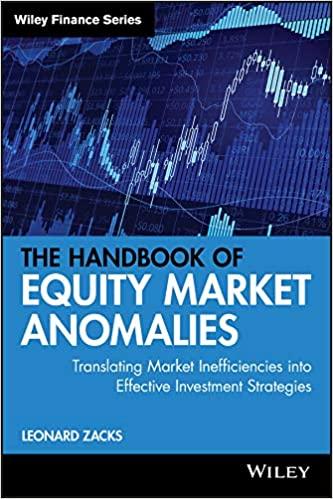The owners of a gin distillery are considering the purchase of a new machine to replace one of their current old machines as this would allow them to start manufacturing hand sanitiser during the current pandemic. The company estimates that during the first two years, its revenues will not change as the gains from the hand sanitiser sales will just offset the losses made on their gin sales. However, over the next three years, their revenues would increase by $100,000 each year due to having this additional product (hand sanitiser) for sale. The new machine will cost $1 million and would have a useful life of five years. It will be fully depreciated to a value of 0 over the five years. It will also require shipping fees of $25,000 and installation fees of $25,000 to get it into working order. The new machine will have a sale value of $150,000 at the end of its life. The old machine was purchased five years ago at a cost of $500,000 and has been depreciated straight line over its useful life of 10 years. Its current market value today (t=0) is $300,000. The old machine requires an operator, who is paid $50,000 per year. Maintenance costs associated with the old machine are $20,000 per year whilst the new machine does not require an operator and has maintenance expenses of only $1,000 per year. The gin distillery has to pay a 30% tax rate. It is expected that the new machine will require an initial increase in net working capital of $20,000 and that this investment will be recoverable at the end of its life. The distillery will have to take out a loan in order to finance the purchase of the new machine. The loan would require repayments over a 10 year period at a low 6% per annum interest. The distillery has an equity beta of 1.1, the risk-free rate is 2% and the market risk premium is 5%. The distillery still has one outstanding bond issue, with a maturity value of $1,000,000 and it is currently trading at $720,000. The terms of the bond contract require semi-annual coupons of $2000 and the bond matures in 4 years. The debt/equity ratio is = 2. equity rallo Is = 2. Question 30: What is the initial investment for this replacement project? (3 marks) Total initial investment is which is derived as follows: purchase of the new machine to which we to account for the sale of the old machine, minus the tax on sale of the old machine We also need to to get total cash flows at time 0 (total initial investment). The owners of a gin distillery are considering the purchase of a new machine to replace one of their current old machines as this would allow them to start manufacturing hand sanitiser during the current pandemic. The company estimates that during the first two years, its revenues will not change as the gains from the hand sanitiser sales will just offset the losses made on their gin sales. However, over the next three years, their revenues would increase by $100,000 each year due to having this additional product (hand sanitiser) for sale. The new machine will cost $1 million and would have a useful life of five years. It will be fully depreciated to a value of 0 over the five years. It will also require shipping fees of $25,000 and installation fees of $25,000 to get it into working order. The new machine will have a sale value of $150,000 at the end of its life. The old machine was purchased five years ago at a cost of $500,000 and has been depreciated straight line over its useful life of 10 years. Its current market value today (t=0) is $300,000. The old machine requires an operator, who is paid $50,000 per year. Maintenance costs associated with the old machine are $20,000 per year whilst the new machine does not require an operator and has maintenance expenses of only $1,000 per year. The gin distillery has to pay a 30% tax rate. It is expected that the new machine will require an initial increase in net working capital of $20,000 and that this investment will be recoverable at the end of its life. The distillery will have to take out a loan in order to finance the purchase of the new machine. The loan would require repayments over a 10 year period at a low 6% per annum interest. The distillery has an equity beta of 1.1, the risk-free rate is 2% and the market risk premium is 5%. The distillery still has one outstanding bond issue, with a maturity value of $1,000,000 and it is currently trading at $720,000. The terms of the bond contract require semi-annual coupons of $2000 and the bond matures in 4 years. The debt/equity ratio is = 2. equity rallo Is = 2. Question 30: What is the initial investment for this replacement project? (3 marks) Total initial investment is which is derived as follows: purchase of the new machine to which we to account for the sale of the old machine, minus the tax on sale of the old machine We also need to to get total cash flows at time 0 (total initial investment)








